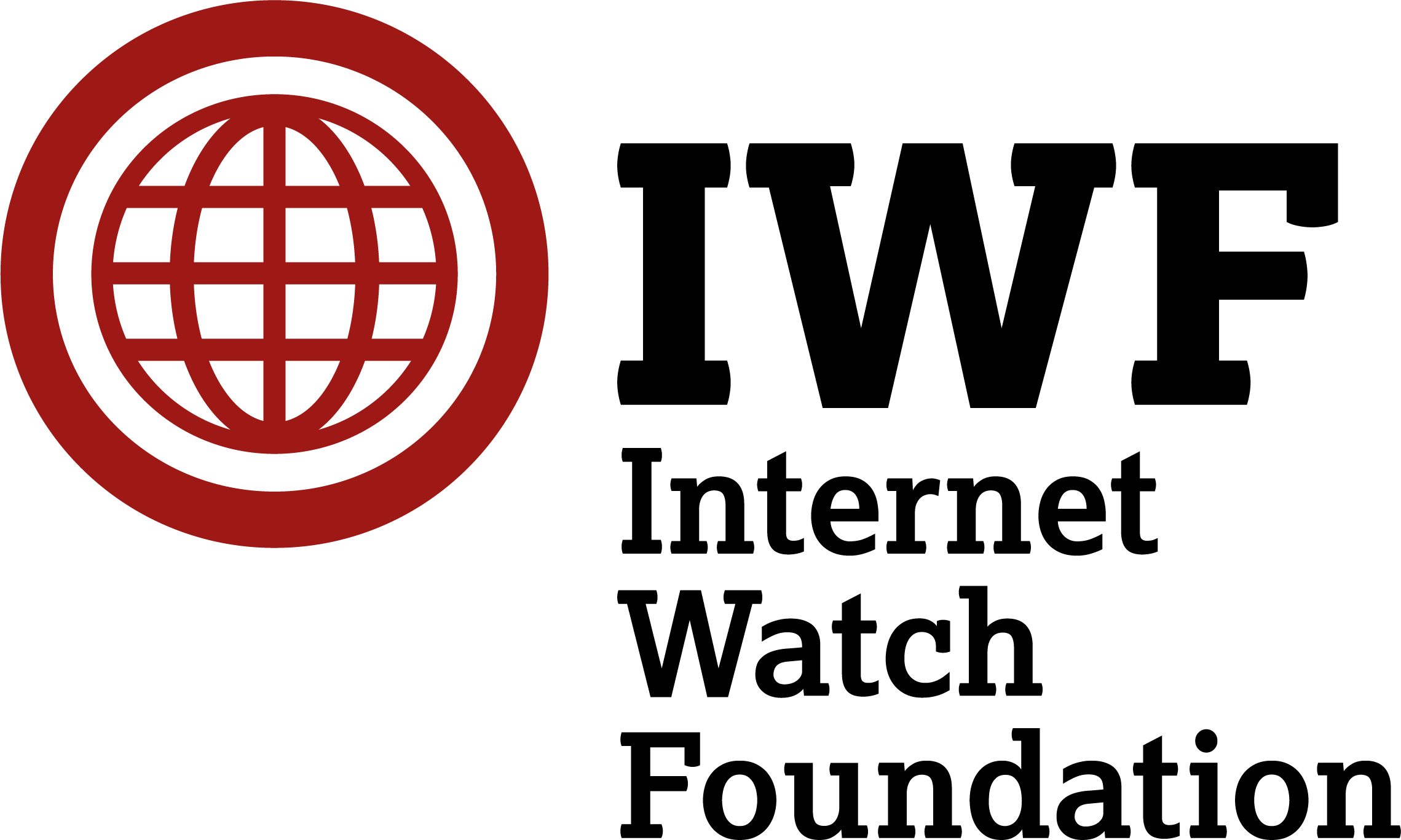Artificial intelligence and machine learning have gone from science fiction theory to a commonplace feature in the technology we use in our day to day lives.
Machine learning systems process large data sets to create models that can be used to assess data and make decisions with much greater speed than a human ever could. At IWF we have been researching the effectiveness of AI classifiers to analyse images and identify suspected child sexual abuse material.
While AI classifiers do not yet have the level of accuracy required to perform automated image assessments to the standard that we need, they have huge potential to support triage functions, detect suspected new and unknown content, and assist with victim identification.
How can we use AI to support our work?
Our software team has been prototyping AI models which can be used to identify known victims of child sexual abuse using powerful facial recognition technology, ensuring that images of those victims can be correctly flagged to us and removed from the internet.
In addition to working to integrate machine learning technology into our own image assessment and web crawling tools, we are looking into how we can support technology partners to train and assess AI models to enable them to more accurately detect new content containing child sexual abuse.
Human assessment is, and will always be, critical to maintaining the IWF’s high level of accuracy and trusted status. But there is huge potential for AI and machine learning to support the work of our expert analysts, uncover new information about the images we process, and help our partners to improve the accuracy and effectiveness of technology used to detect new child sexual abuse content.

